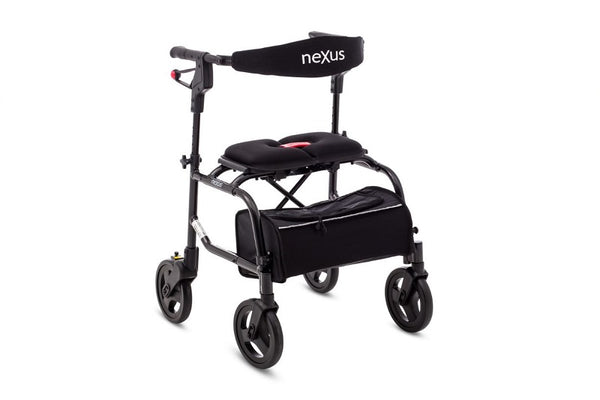
The objective of the Assistive Devices Program (ADP) is to provide consumer-centred support and funding to Ontario residents who have long-term physical disabilities and to provide access to personalized assistive devices appropriate for the individual’s basic needs.
Devices covered by the program are intended to enable people with physical disabilities to increase their independence through access to assistive devices responsive to their individual needs.
ADP covers over 8,000 separate pieces of equipment or supplies in the following categories: prostheses; wheelchairs/mobility aids and specialized seating systems; enteral feeding supplies; monitors and test strips for insulin-dependent diabetics (through an agreement with the Canadian Diabetes Association); hearing aids; insulin pumps and supplies; respiratory equipment; orthotic devices (braces), pressure modification devices for burns and lymphedema (garments and pumps); visual and communication aids; home oxygen therapy.
Grants are provided for ostomy supplies, breast prostheses and for needles and syringes for insulin-dependent seniors.
Eligibility includes any Ontario resident who has a valid Ontario Health card issued in their name and has a physical disability of six months or longer. Equipment cannot be required exclusively for sports, work or school. ADP does not pay for equipment available under the Workplace Safety and Insurance Board or to Group “A” veterans for their pensioned benefits. There are specific eligibility criteria which apply to each device category.
An individual who has a chronic illness or dysfunction that requires long-term oxygen therapy may be eligible for home oxygen funding.
Our trained and authorized Cobblestone Medicine and Rehab ADP healthcare provider is here to help!
Initial access is often through a medical specialist or general practitioner who provides a diagnosis. In most device categories, an authorizer assesses the specific needs of the person and prescribes appropriate equipment or supplies. Finally, a vendor sells the equipment or supplies to the client.
In some device categories, such as adult hearing aids or prosthetic devices, the assessor is also the vendor.
Most devices must be authorized by a qualified health care professional registered with the program. Registered authorizers work in hospitals, home care agencies or private practice.
The program will only help pay for equipment that is purchased from vendors registered with the Assistive Devices Program.
ADP pays up to 75 per cent of the cost of equipment, such as artificial limbs, orthopedic braces, wheelchairs and breathing aids. For others, such as hearing aids, the ADP contributes a fixed amount. For ostomy supplies, breast prostheses and needles and syringes for seniors, the ADP pays a grant directly to the person. ADP pays 100 per cent of the ADP price for home oxygen and related equipment for seniors 65 years of age or older and for individuals 64 years of age or younger who are on social assistance, residing in a long-term care home or who are receiving professional services, and 75 per cent of the ADP price for all others.
In most cases, the client pays a share of the cost at time of purchase and the vendor bills ADP the balance.
For ADP supply categories where grants are paid, the client pays 100 per cent of the cost to the vendor.
There are many sources of funding for the client’s share of the cost including:
For more information or inquiries about how to access ADP funding please contact your local Cobblestone Medicine and Rehab facility!
(519) 442-2237
Information has been provided by: https://www.health.gov.on.ca/en/pro/programs/adp/